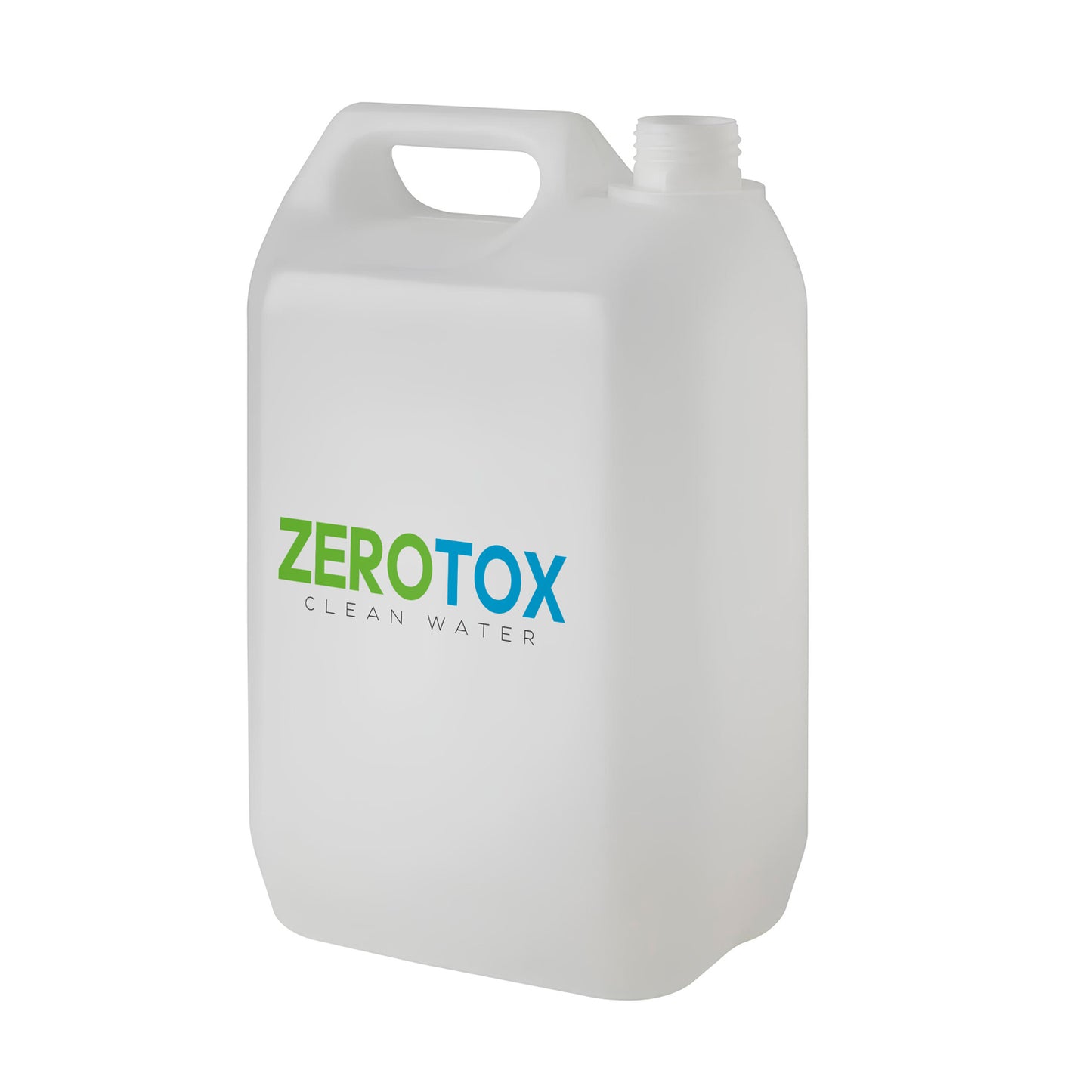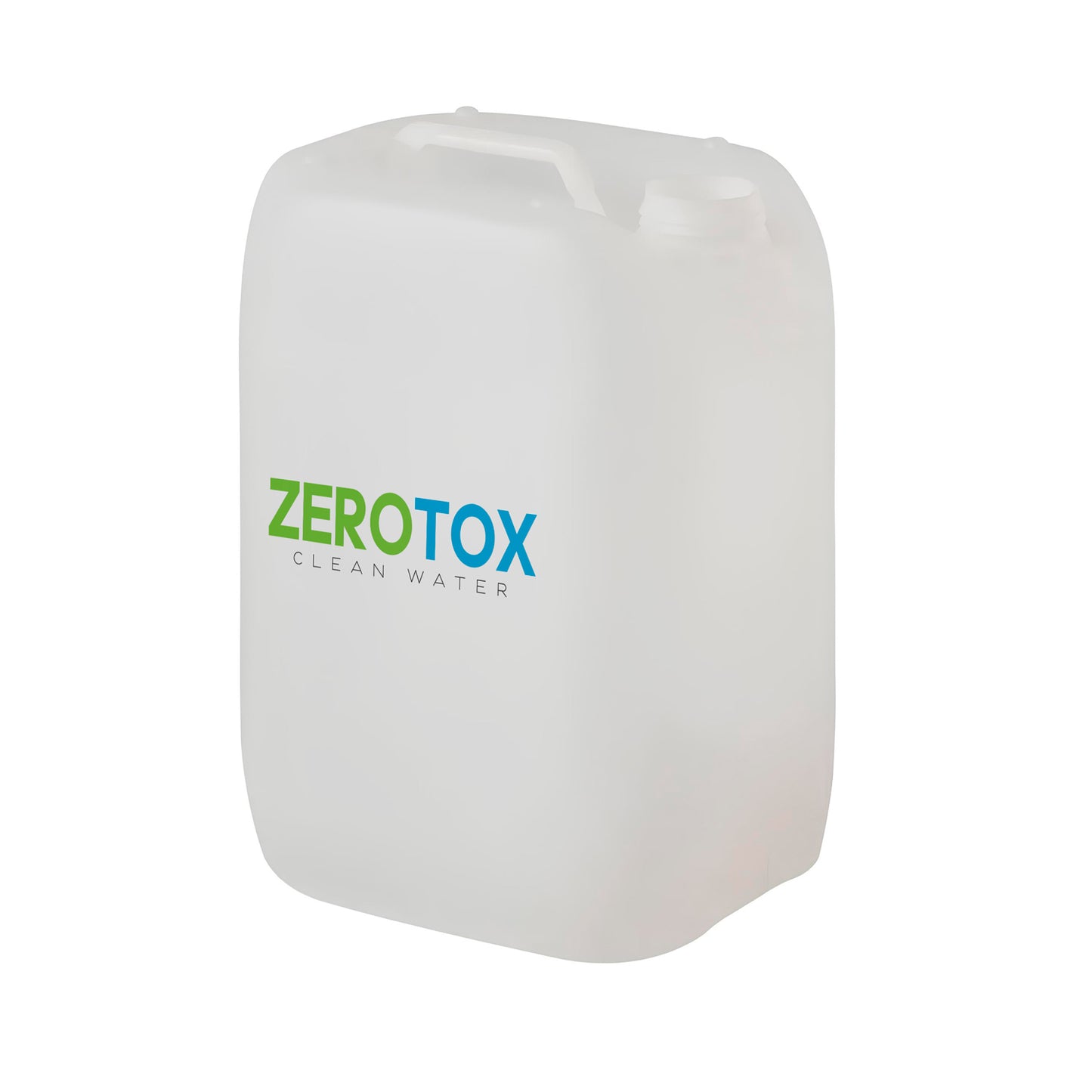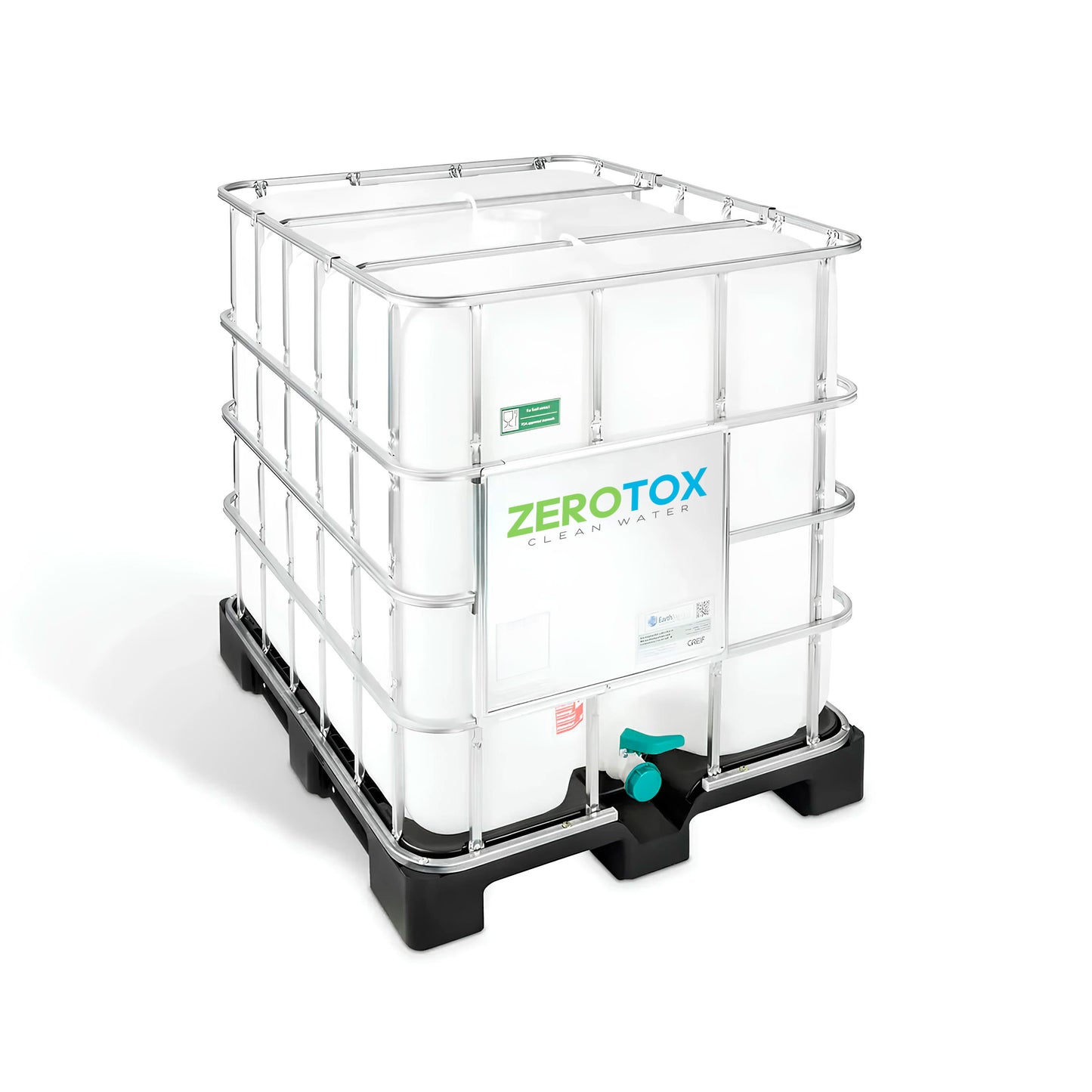ZeroTox - Filtered Water
RO (Reverse Osmosis) Water
RO (Reverse Osmosis) Water
Couldn't load pickup availability
What is RO (Reverse Osmosis) Water?
Reverse Osmosis (RO) water is produced by first softening the water — replacing hardness-causing salts like calcium and magnesium with more soluble salts such as sodium chloride. The softened water is then pushed through a semi-permeable membrane that filters out 95–99% of the dissolved salts and impurities.
For example, if feed water contains 100 ppm of dissolved solids and the membrane has a 95% rejection rate, the resulting RO water will contain just 5 ppm of residual salts.
While trace amounts of hardness may remain, RO water stays close to neutral on the pH scale. This balance makes it ideal for applications like food and beverage production, where purity and stability are key, and for uses like CNC machining or cosmetic and chemical manufacturing, where overly soft water could cause unwanted foaming.
Share






